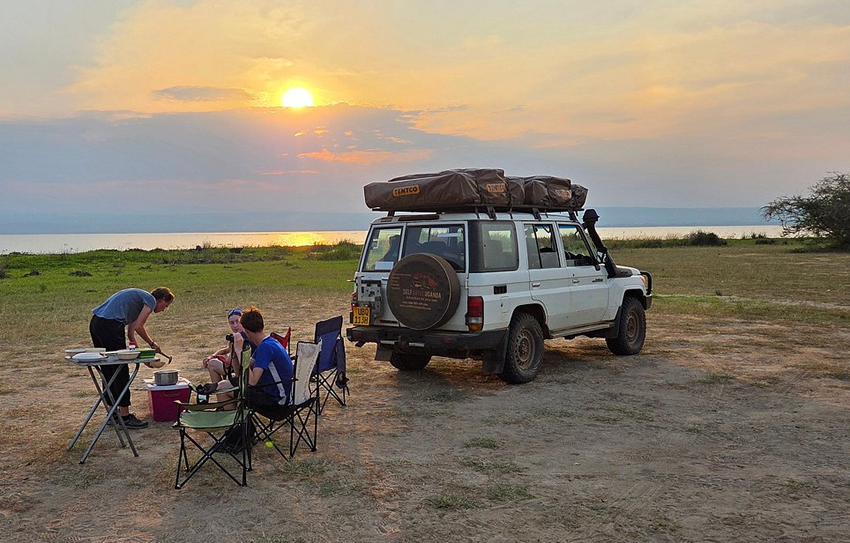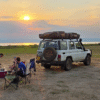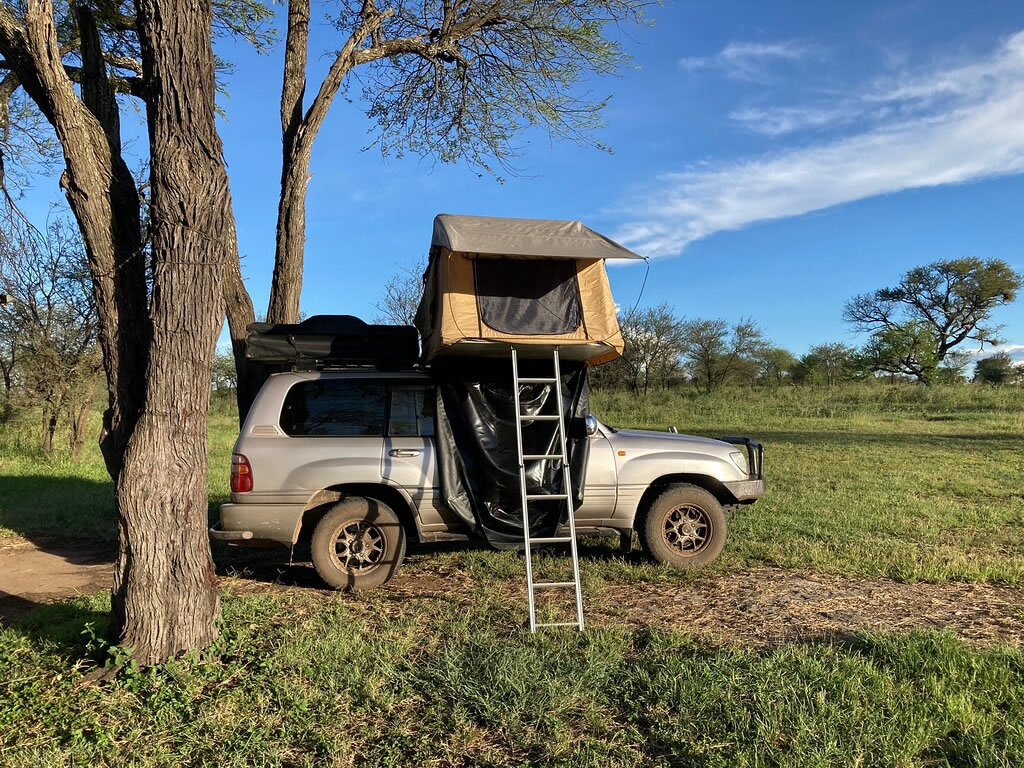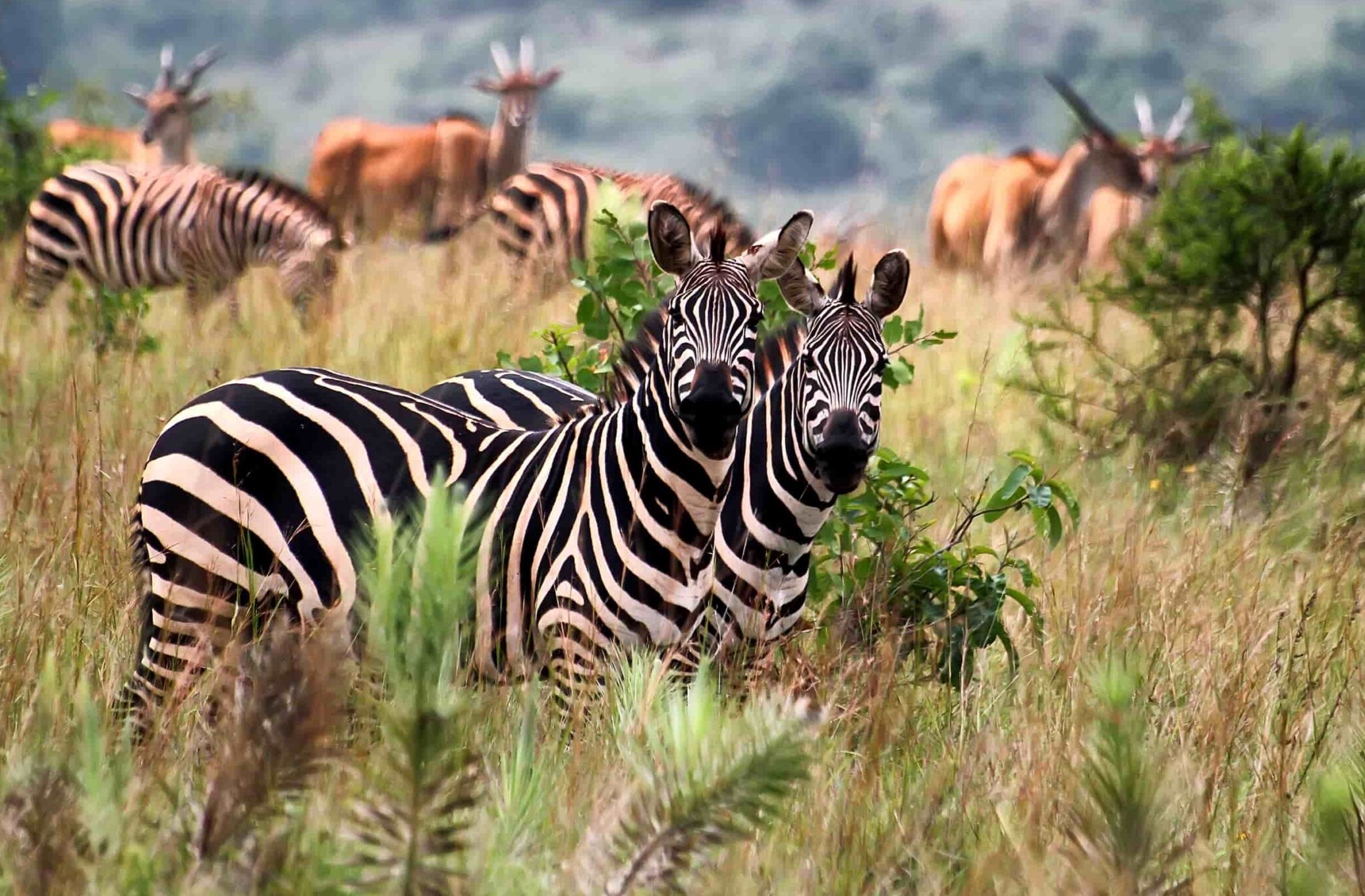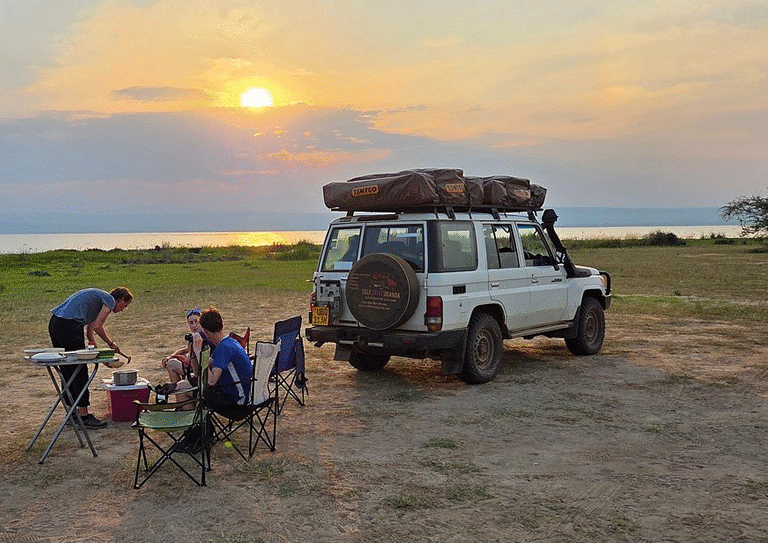Essential Guide to Self Drive East Africa
Essential Guide to Self Drive East Africa
The Essential Guide to Self Drive East Africa is an insight about self drive East Africa in Tanzania, Uganda. This Essential Guide to Self Drive East Africa is a guideline to all travelers on vacation holiday in East Africa.
Self Drive East Africa is an incredible way to explore the various safari places in East Africa as you watch Wildlife animals wandering around their natural habitats, Balloon Safari rides which give you aerial views of the vast Savannah grasslands as well as beautiful sunsets.
Self-drive Tours in East Africa is possible when you consider factors like; plan your route, Use offline maps, make sure the 4×4 vehicle is well maintained and in good condition, ensure to carry all the necessary documents i.e a valid driver’s license, International Driving Permit, and vehicle papers.
You should also pay attention to the local driving rules, such as driving on the left, respecting speed limits, and make sure to check for border crossing requirements, including specific permits and insurance for each country. During your trip, always maintain a safe distance from wildlife, drive cautiously due to unpredictable road conditions, and keep your fuel tank full.
Navigating over Uganda, Kenya and Tanzania’s potholes and un-signposted roads is a challenging, but rewarding self drive east Africa adventure. Make sure you are prepared for the road in advance for a safe trip.
Do’s and Don’ts while Self Driving on the Road in East Africa
Don’ts
- Rush your trip – flat tires and muddy roads are part of the adventure!
- Get angry with the traffic police, a friendly, patient attitude will serve you far better.
- Travel at night as bad potholes are hard to see (nightfall is after 6 pm).
- Forget to carry all license, permits, hire paperwork, passports at all times.
Dos
- Install Maps.me before you leave for safe navigation.
- Carry cash, water, and an extra power bank for your mobile phone.
- Drive below the speed limit (80 km/hr on the highway, 50 km/h in an urban area) and keep below 40km/h off-road for safety.
- Download music, audiobook or media before going on the road as the internet can be intermittent in more remote areas.
- Learn to say happy ‘hello’ in Swahili —“Jambo”— if you want to be popular with both the locals and the traffic police.
7 Self Drive East Africa Tips
Customs on the road
As you’ll quickly find out, cars in Uganda, Tanzania, Kenya and Congo drive on the left-hand side of the road.
Most roads are reasonably maintained, but we strongly recommend you don’t travel in the dark. Hidden potholes, livestock and even people crossing the road can be the cause of accidents, flat tires and in some cases damaged vehicles.
Kenya and Tanzania are both considered safe for self-driving adventures and camping, but you should always lock the car and take your valuables with you when it is unattended.
Be prepared for the unexpected and do not make assumptions that all drivers will adhere to the rules of the road. This is particularly true for people movers, local taxis, buses and many heavy goods vehicles where size of vehicle may be used to dominate a situation.
2. Driving permits / acceptable licenses
For driving on public roads
Uganda and Kenya accepts a valid driving license from your country of residence and does not require additional documents if you have held your license for a minimum of 2 years. That said, it’s always best to get an International Driver’s Permit (IDP) if you want to drive in East Africa to avoid problems.
Tanzania requires that you have an IDP with you at all times. If you decide to forgo the IDP and use only your license, you will need to have it endorsed for an extra fee.
National Parks: all National Parks require vehicle drivers and their passengers to have purchased entry tickets at the gate using your credit card and mobile money for the Ugandan national parks.
Make sure you always have at 2 methods of national identification such as your driver’s license and your passport. At all times you should carry your license, permits, hire paperwork (including insurance papers) and passports on your person.
3. Correct Vehicle selection
It is vital that you select the right vehicle for what you will using it for, and where you will be travelling.
Because of the adverse road conditions, often worsened by heavy rains, we suggest a suitable 4×4 for all self-driving tours outside of the cities. The size of 4×4 to choose depends on the number in your party. For 2 people with luggage, a smaller 3 or 5 door is adequate; for any more than 2 pax, a larger 4×4 such as a Land Cruiser, Toyota Prado .
If you plan on sticking to the city areas and main highways, there are a number of cars from which to choose. However, be mindful of some of the poor road conditions within the city limits.
4. Hire a driver or no driver?
This is totally up to you, your navigation and driving skills and self-sufficiency. The benefits of hiring a driver speak for themselves – local knowledge, freeing you up for relaxation and watching the countryside. As a suggestion: when picking up your vehicle, ask the hirer about conditions where you are expecting to travel.
5. What to do when stopped by police
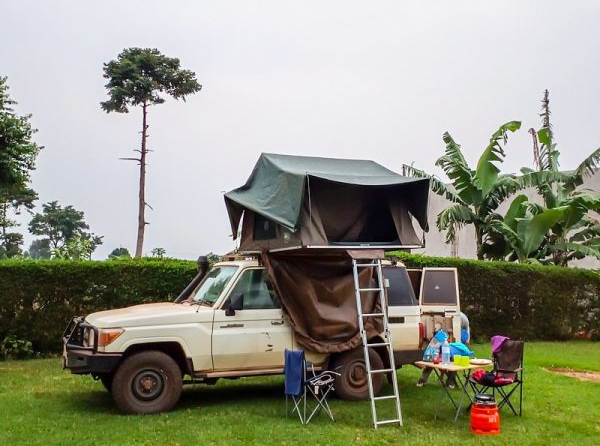 Road police in Rwanda, Uganda, Tanzania and Kenya often stop vehicles to perform checks. It’s usually easy to spot them from far away, and they generally set up at major intersections. The traffic police officers will check your car’s insurance, the tires, and if you have a fire extinguisher, traffic triangles and a stocked first aid kit. There’s no need to worry if you are driving a rental car as all requirements are checked out and confirmed by the rental company before you head out.
Road police in Rwanda, Uganda, Tanzania and Kenya often stop vehicles to perform checks. It’s usually easy to spot them from far away, and they generally set up at major intersections. The traffic police officers will check your car’s insurance, the tires, and if you have a fire extinguisher, traffic triangles and a stocked first aid kit. There’s no need to worry if you are driving a rental car as all requirements are checked out and confirmed by the rental company before you head out.
The general rule of thumb is to be patient and friendly with the police. Have your driver’s license ready to show, and you’ll be on your way shortly. If you did commit a traffic offence, you’ll have to pay a fine either immediately or at the nearest police station (another reason to always keep cash on hand). We find the traffic officers to be friendly and always up for a bit of interesting chit chat.
If a traffic officer asks for a bribe or suggests you buy them a soda before they let you go on your way, it’s best to use common sense or politely decline. Police bribes are never condoned, and if you’re unsure of what to do, give your rental company a call. They’ll be on hand to chat with the police officer and will help you safely navigate the situation.
6. In the event of an accident
Don’t panic, we offer insurance and roadside assistance. You’ll be provided will all relevant contact details and number before you drive. Emergency services are limited in East Africa, so it is recommended that you have full medical insurance for the duration of your trip, including allowance for medical evacuation.
7. Useful numbers / contacts
Keep your hire company’s contact details close at hand, or even put them into your phone.
112 is the official emergency number in Tanzania and connects you to the police department.
999 is the official number for emergency services in Kenya and Uganda (ambulance and fire).

